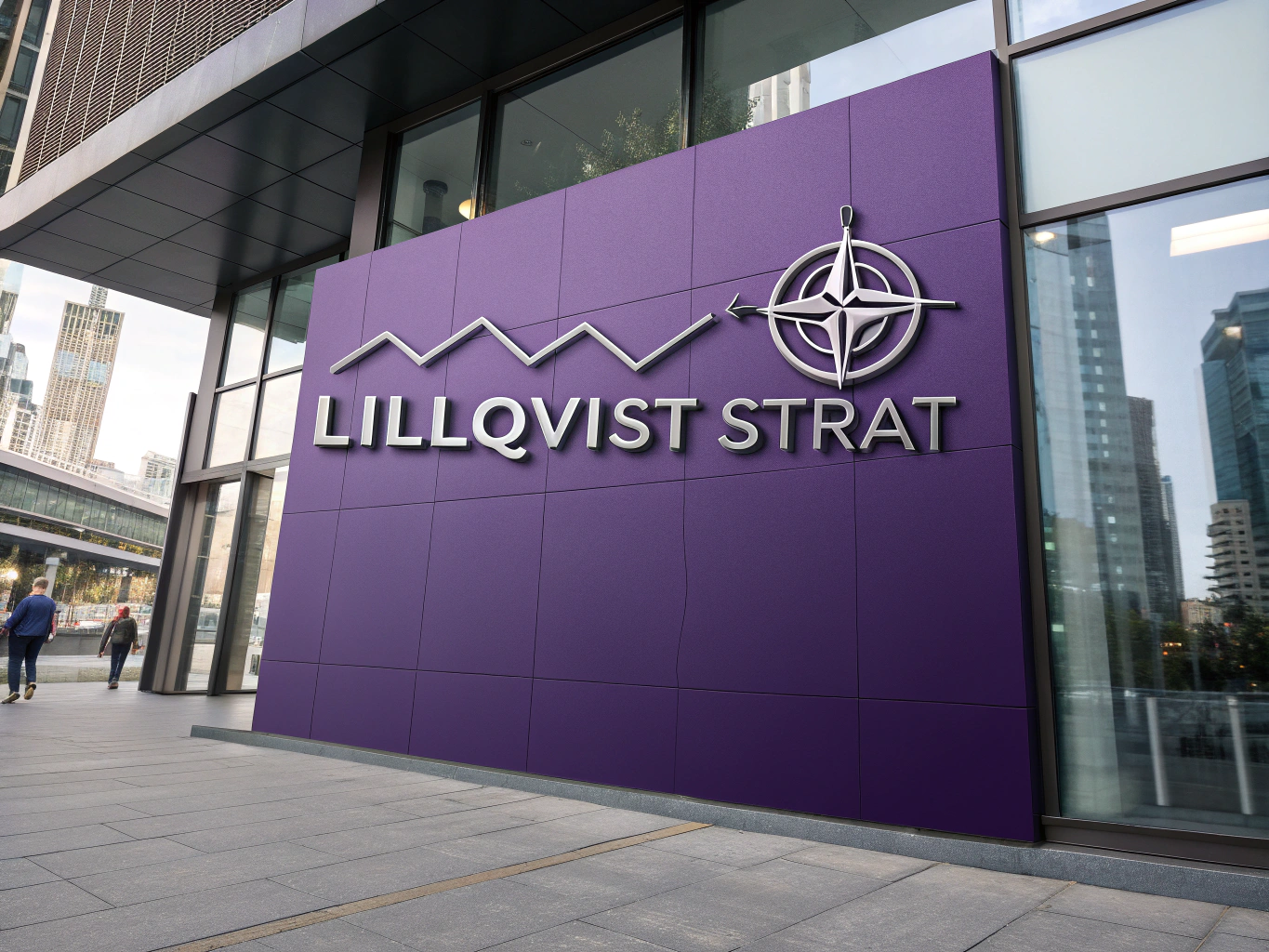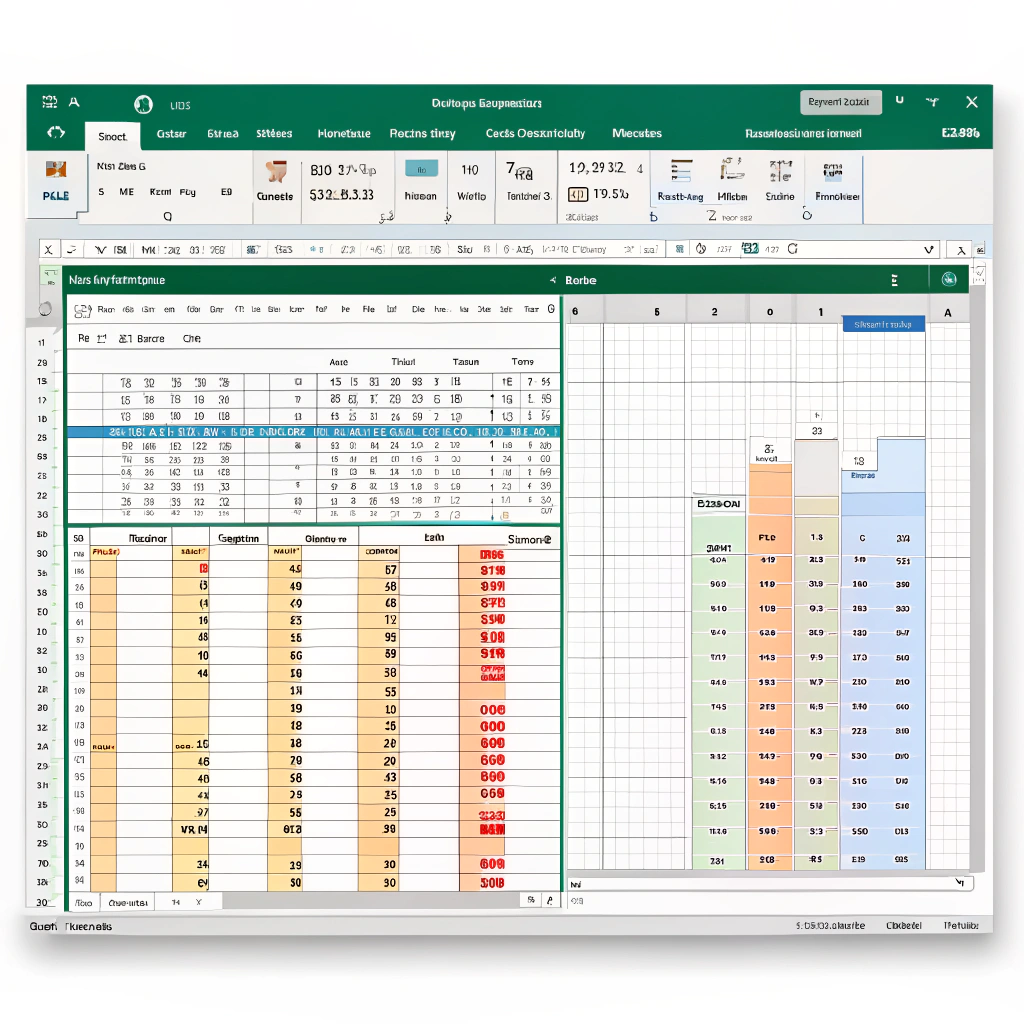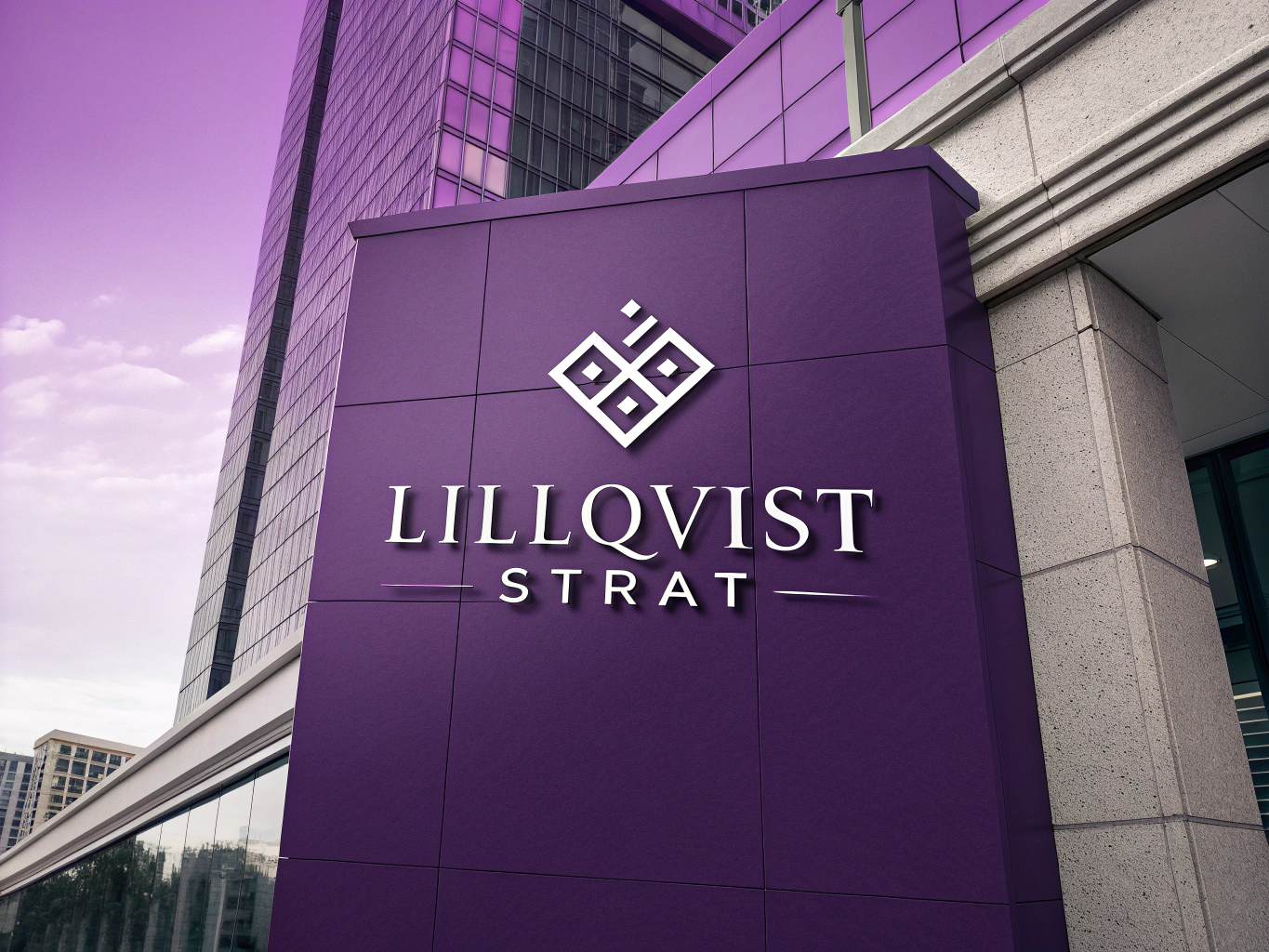Enhancing Delivery Efficiency with AI
In the world of logistics, the last-mile delivery phase is crucial for customer satisfaction and operational cost management. Companies are increasingly turning to AI-powered route optimization to enhance delivery efficiency, reduce costs, and improve the overall customer experience. This article explores how automated route planning, fuel-efficient logistics, and real-time customer notifications are transforming the last-mile delivery process.
✅ Using AI to Plan the Fastest Delivery Routes
✅ Reducing Fuel Consumption with Smart Logistics
✅ Automating Customer Notifications with Real-Time Tracking
1. Using AI to Plan the Fastest Delivery Routes
AI-driven route optimization systems analyze a variety of factors, including traffic patterns, weather conditions, and road closures, to determine the most efficient delivery routes. These systems continuously adjust the delivery plan in real-time to ensure the fastest and most cost-effective routes are chosen.
How It Works:
🚗 AI analyzes traffic, weather, and historical delivery data to recommend optimal routes.
🔄 The system can update routes in real-time to avoid delays or roadblocks.
📊 The AI algorithm considers various factors like delivery time windows, vehicle capacity, and driver schedules.
Example: AI Route Optimization with Python
import numpy as np
from geopy.distance import geodesic
# Simulate delivery locations
locations = [(40.7128, -74.0060), (34.0522, -118.2437), (51.5074, -0.1278)] # New York, LA, London
# Function to calculate distances between delivery points
def calculate_distance(start, end):
return geodesic(start, end).km
# Calculate all pairwise distances
distances = {}
for i, start in enumerate(locations):
for j, end in enumerate(locations):
if i != j:
distance = calculate_distance(start, end)
distances[(i, j)] = distance
# Simulate a simple route optimization by selecting the nearest location
starting_point = 0
route = [starting_point]
visited = set([starting_point])
# Find the nearest unvisited location
for _ in range(len(locations) - 1):
next_stop = min((distances[(i, j)] for i in route for j in range(len(locations)) if j not in visited), key=lambda x: x[1])
route.append(next_stop[1])
visited.add(next_stop[1])
print(f"Optimized route: {route}")
✅ AI-based route optimization significantly cuts delivery times and reduces the number of kilometers traveled, ensuring faster deliveries and lower costs.
2. Reducing Fuel Consumption with Smart Logistics
Smart logistics powered by AI can optimize not just the route but also the vehicle’s fuel consumption. By evaluating different factors, such as traffic, vehicle type, and road conditions, AI helps plan routes that minimize fuel use, reducing the carbon footprint and operational costs.
How It Works:
⛽ AI systems track the fuel consumption of different vehicles and recommend optimal driving patterns.
🌱 It incorporates eco-friendly driving behaviors, such as avoiding sudden stops and starts, to reduce fuel waste.
⚡ The system adjusts routes based on the fuel efficiency of different vehicles in real-time.
Example: Fuel Efficiency Optimization with Python
# Simulate vehicle types and their fuel efficiency
vehicles = {
"truck": 15, # km per liter
"van": 18,
"bike": 30
}
# Simulate delivery routes with distance in km
routes = [50, 75, 100]
# Calculate fuel consumption for each vehicle
def calculate_fuel_consumption(vehicle, route_distance):
fuel_efficiency = vehicles[vehicle]
fuel_needed = route_distance / fuel_efficiency
return fuel_needed
# Example: calculate fuel consumption for all vehicles
for route in routes:
for vehicle in vehicles:
fuel_needed = calculate_fuel_consumption(vehicle, route)
print(f"{vehicle} will need {fuel_needed:.2f} liters of fuel for a {route} km route.")
✅ By incorporating AI-driven insights, logistics companies can optimize vehicle usage and reduce fuel consumption, leading to both cost savings and sustainability improvements.
3. Automating Customer Notifications with Real-Time Tracking
Providing customers with accurate and timely delivery updates is essential for improving the overall experience. AI can automate real-time tracking notifications, sending customers updates on their delivery status, estimated arrival times, and any delays. This proactive communication can reduce customer anxiety and enhance satisfaction.
How It Works:
📱 AI systems automatically generate notifications at key delivery milestones, such as departure, arrival, or delays.
🕒 Delivery estimates are dynamically updated in real-time, improving accuracy.
🔄 Customers receive automated messages via SMS, email, or app notifications.
Example: Automating Customer Notifications with Python
import time
# Simulate delivery milestones and customer notification system
milestones = ["Package picked up", "In transit", "Arrived at destination", "Out for delivery"]
customer_number = "123-456-7890"
# Function to send notifications
def send_notification(milestone):
print(f"Sending notification to {customer_number}: {milestone}")
time.sleep(1) # Simulate a delay between notifications
# Automate sending notifications
for milestone in milestones:
send_notification(milestone)
✅ Automating customer notifications improves customer satisfaction by keeping them informed, reducing the need for them to contact support for updates.
Conclusion: Automated Route Optimization for Last-Mile Delivery
🚚 AI-powered route optimization revolutionizes last-mile delivery by identifying the fastest and most efficient routes, ultimately saving time and reducing costs.
⛽ Smart logistics helps reduce fuel consumption by optimizing vehicle routes and encouraging eco-friendly driving practices.
📲 Automated customer notifications ensure that customers are kept informed at every stage of the delivery process, increasing satisfaction and trust in the service.
💡 By embracing AI in last-mile delivery, businesses can provide faster, more cost-effective, and environmentally friendly services while improving the customer experience.

Lillqvist Strat consults on business developement, software projects, automation, SOPs, analytical tools and more.
Contact me today to get started on our journey to higher profits, more revenue and happier employees!
Go to Contact now



